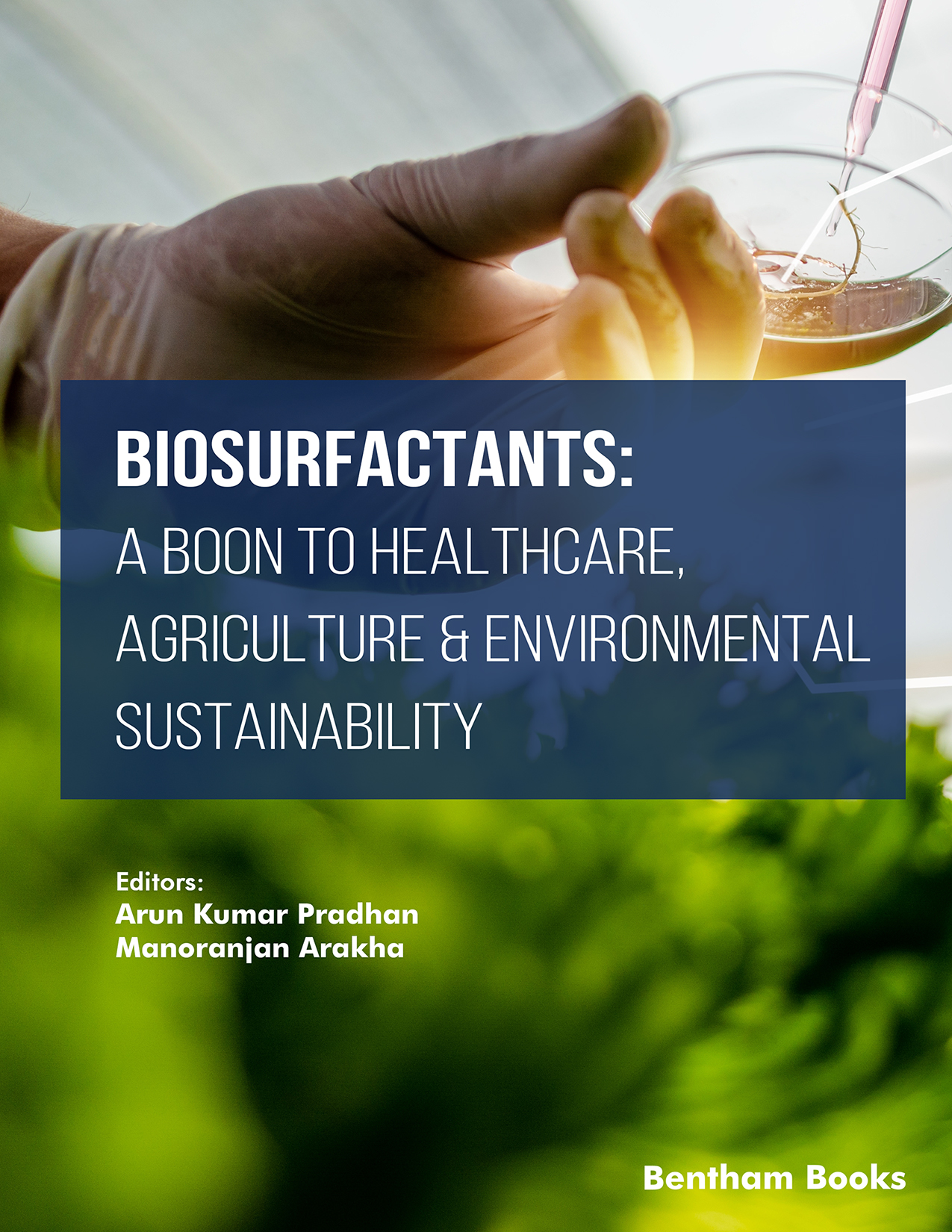Biosurfactants are surface-acting molecules isolated from microbes (bacteria and fungi) and plants. The amphipathic nature of biosurfactants makes their application broader. Different types of biosurfactants are isolated and characterized i.e. glycolipids, lipopeptides, phospholipids and polymerics. These molecules have emulsifying, wetting, and foaming properties. So biosurfactants are used in pharmaceuticals, cosmetics, food, mining, and petrochemical industries. Research confirms their antimicrobial, anticancer and anti-biofilm formation capacities. They can remove oil from the contaminated soil of oil mines. Biosurfactants can be used in oil spillage aquatic areas to remove oil. They can scavenge heavy metals in contaminated soil and make the environment free from xenobiotics. With the help of nanotechnology, biosurfactants can be used to detect heavy metals in the environment. Nowadays, biosurfactants are used as potential agents in agricultural post-harvest technology. They play an important role in agrochemical industries.
In view of the above discussion, the overarching aim of this book is to discuss major applications of biosurfactants in the fields of healthcare, agriculture and the environment.
The unique features of this book are as follows:
• The book is a contribution of experts from microbiology, cancer biology, pharmaceutical science, nanotechnology, plant biotechnology and environmental sciences.
• The book discusses some novel applications of biosurfactants in the fields of medicine, agriculture and the environment.
The book, in total, comprises 12 chapters written by experts working in the respective aspects of biosurfactants. For instance, Chapter 1 and 2 describe the screening of biosurfactant-producing organisms, the production of biosurfactants and their various applications. Chapter 3 and 4 interpret the application of biosurfactants in the healthcare sector, like various cancer treatments and neurological disorders.
Agricultural applications and food processing with the help of biosurfactants are well explained in chapters 5, 6 and 7. Biosurfactants show vast applications in the environmental cleaning sector. Bioremediation, removal of heavy metal from soil and water by biosurfactants, and removal of oil from contaminated soil by biosurfactants are described in chapter 8, 9, 10, 11 and 12.
We are very much thankful to all the contributing authors for their timely cooperation and support, without which this book would not have taken its final shape. We are also thankful to the series editors for their critical reviews and positive remarks to bring positive developments in the book
Dr. Arun Kumar Pradhan
Assistant Professor Centre for Biotechnology
Siksha 'O' Anusandhan (Deemed to be University
Bhubaneswar-751030, Odisha, India
&
Dr. Manoranjan Arakha
Assistant Professor Centre for Biotechnology
Siksha 'O' Anusandhan (Deemed to be University
Bhubaneswar-751030, Odisha, India

